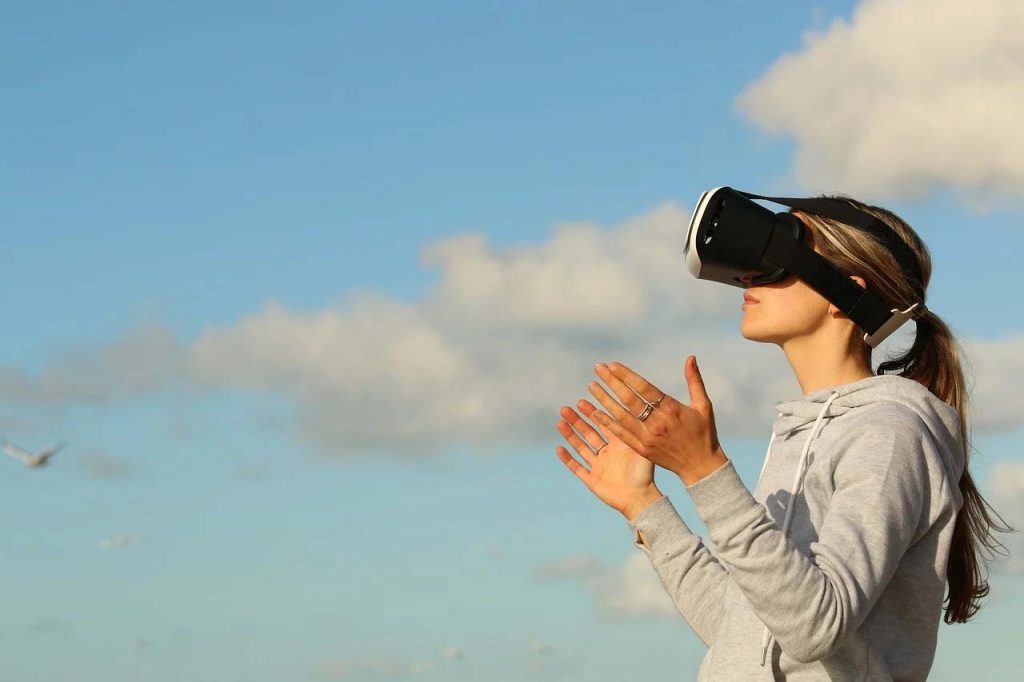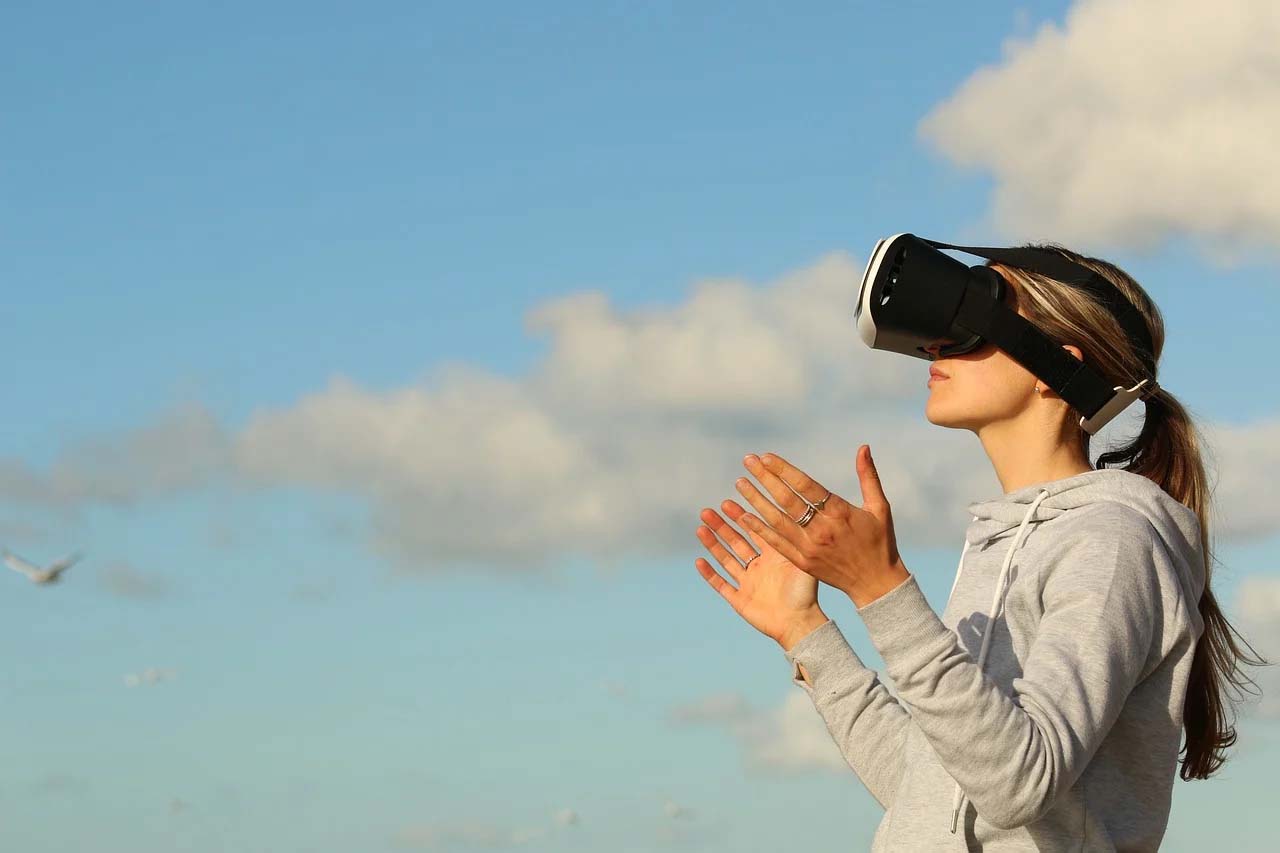The coronavirus pandemic that has claimed thousands of lives and infected millions, is forcing people to manage three different psychological problems simultaneously.
These are: the stress of the disease, disappearance of places, and crisis of the sense of community. Moreover, the fear of getting sick is making us anxious and the need to quarantine is making us lose our sense of place and community.
Can virtual reality, or VR, help ease the psychological impact of social isolation?
A new article, published in a peer-review journal ‘Cyberpsychology, Behavior, and Social Networking’, suggests this is possible. It also provides a link to a free 3-dimensional 360 video and suggestions on how to use it.

You may click here to read the full-text article free on the Cyberpsychology, Behavior, and Social Networking website. It provides a day-by-day suggested plan for how to use the free 360 video.
New biosensor to detect COVID-19
Jing Wang and his team at the Swiss Federal Laboratories for Materials Science and Technology (Empa) and ETH Zurich have developed a sensor that can quickly and reliably detect SARS-CoV-2, which causes COVID-19.
Most laboratories use a molecular method called reverse transcription polymerase chain reaction, or RT-PCR for short, to detect viruses in respiratory infections. This is well established and can detect even tiny amount of viruses – but at the same time it can be time consuming and prone to error, the researchers explain.
How it works
Wang and his team have developed an alternative test method in the form of an optical biosensor. It is based on tiny structures of gold, so-called gold nanoislands, on a glass substrate.
Artificially-produced DNA receptors that match specific RNA sequences of the SARS-CoV-2 are grafted onto the nanoislands. The coronavirus is a so-called RNA virus: Its genome does not consist of a DNA double strand as in living organisms, but of a single RNA strand.
The receptors on the sensor are therefore the complementary sequences to the virus’ unique RNA sequences, which can reliably identify the virus.
Reliability
To demonstrate the reliability of the new sensor, the researchers tested it with a very closely related virus: SARS-CoV that broke out in 2003 and triggered the SARS pandemic. The two viruses – SARS-CoV and SARS-CoV2 – differ only slightly in their RNA.
The validation was successful: “Tests showed that the sensor can clearly distinguish between the very similar RNA sequences of the two viruses,” explains Wang.
Work in progress
At the moment, however, the sensor is not yet ready to measure the corona virus concentration in the air. A number of developmental steps are still needed to do this — for instance, a system that draws in the air, concentrates the aerosols in it and releases the RNA from the viruses.
“This still needs development work,” says Wang. But once the sensor is ready, the principle could be applied to other viruses and help to detect and stop epidemics at an early stage.
